15 Reasons The Bald Eagle Is More Than Just A Symbol
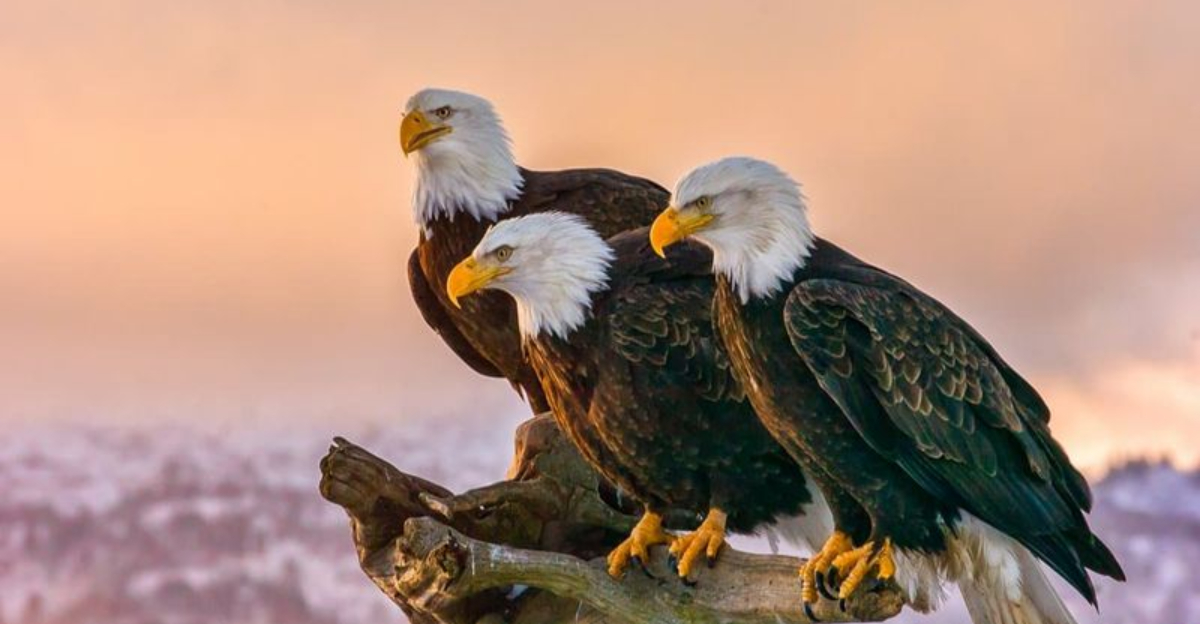
The bald eagle soars beyond its role as America’s national emblem. While most of us recognize this majestic bird on seals and currency, there’s so much more to appreciate about these remarkable creatures.
From their incredible physical abilities to their complex family dynamics, bald eagles have fascinating qualities that often go unnoticed.
1. Masters Of The Sky
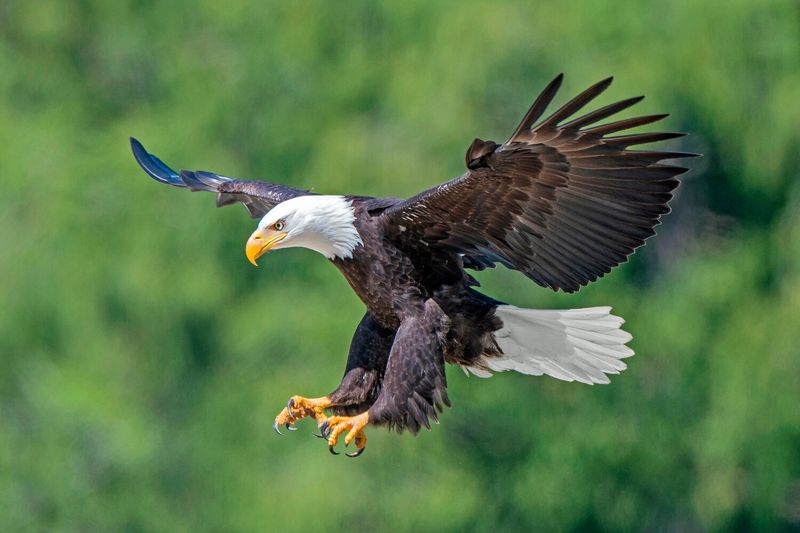
Bald eagles reach breathtaking speeds of up to 100 mph when diving for prey. Their aerial prowess isn’t just for hunting – they perform spectacular courtship displays, locking talons mid-air and spiraling toward the ground.
Only separating at the last moment, these death-defying stunts demonstrate their incredible flight control and physical strength. Few birds can match their combination of power and precision in flight.
2. Superhero Vision
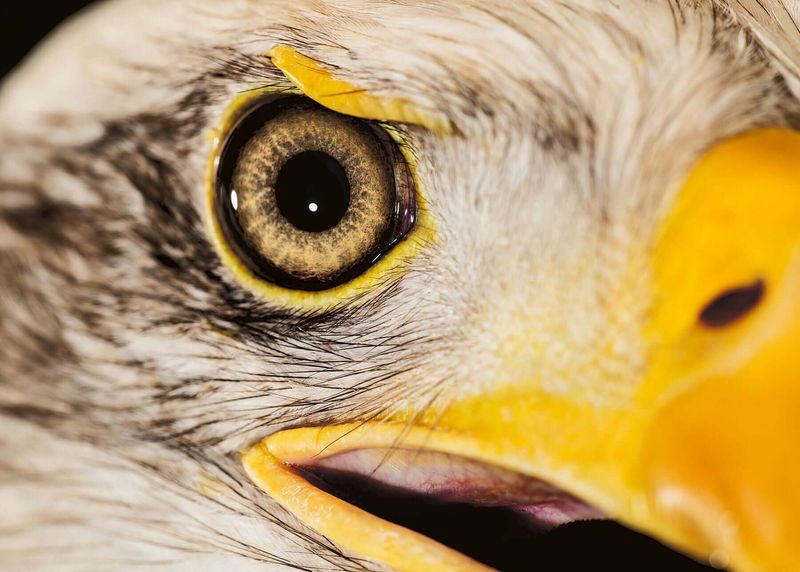
Eagle eyes aren’t just an expression—they’re a superpower. Bald eagles possess vision roughly four to eight times stronger than humans, spotting a rabbit from two miles away.
Their eyes contain five times more light-sensitive cells than ours, plus an extra transparent eyelid called a nictitating membrane that works like built-in goggles underwater. This extraordinary vision helps them identify tiny fish movements from hundreds of feet in the air.
3. Architectural Marvels
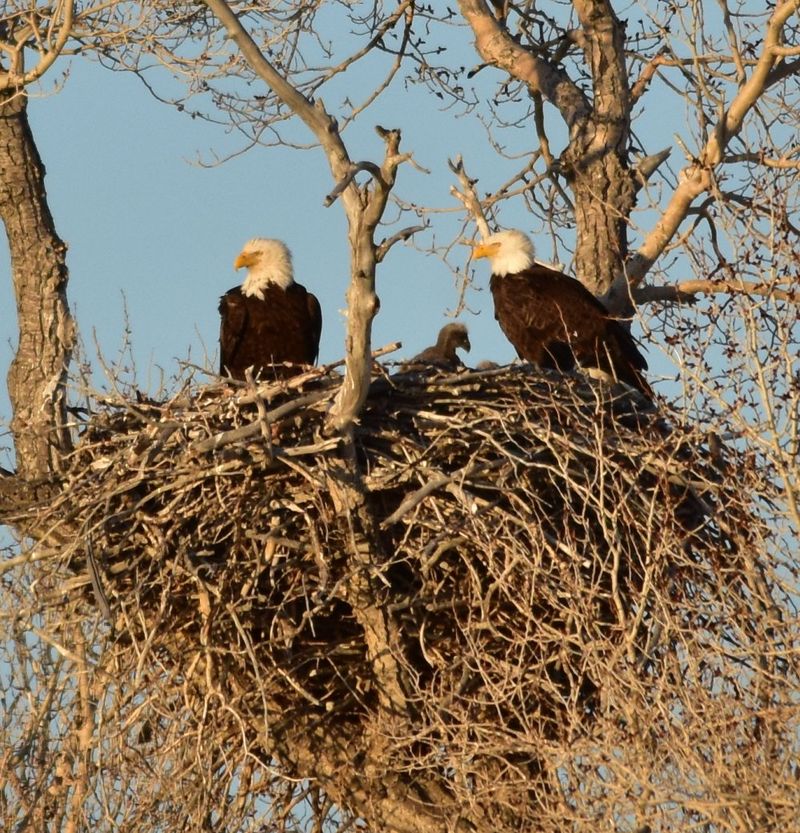
Forget tiny apartments—bald eagles build some of the largest nests in the bird world. Their record-holder weighed over two tons and measured 9.5 feet wide!
Eagles add to these massive structures year after year, creating multi-generational homes. Some nests have been continuously occupied for over 30 years. These elaborate structures often contain surprising decorative elements like colorful pieces of plastic or unusual sticks.
4. Devoted Parents
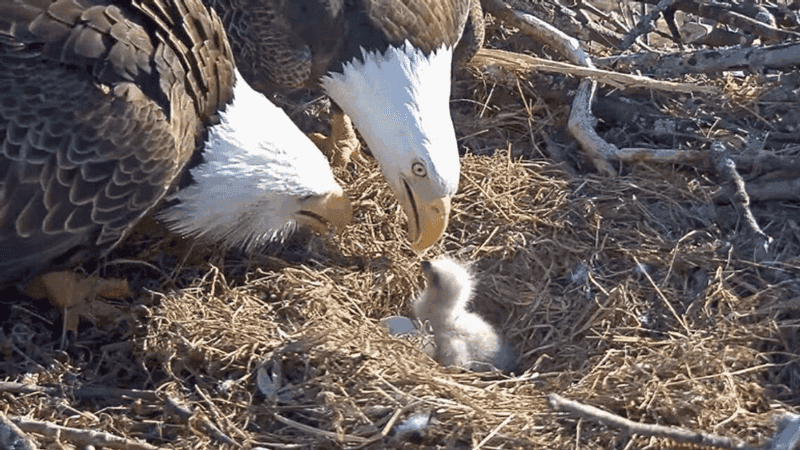
Bald eagles form lifelong bonds with their mates, working as a dedicated parenting team. Both parents share nest-building duties, incubate eggs, and hunt for their young.
Male eagles become surprisingly gentle when handling chicks, despite their fierce hunting abilities. They’ll continue feeding their offspring for months after hatching. This extended care period helps young eagles develop the complex hunting and survival skills they’ll need for independence.
5. Comeback Champions

From just 417 nesting pairs in the 1960s to over 300,000 birds today, bald eagles represent one of wildlife conservation’s greatest success stories. Their population crashed due to DDT pesticide exposure, which weakened eggshells and devastated reproduction.
After DDT bans and habitat protection efforts, these resilient birds rebounded dramatically. They were removed from the endangered species list in 2007, proving that determined conservation efforts can reverse even severe population declines.
6. Vocal Virtuosos
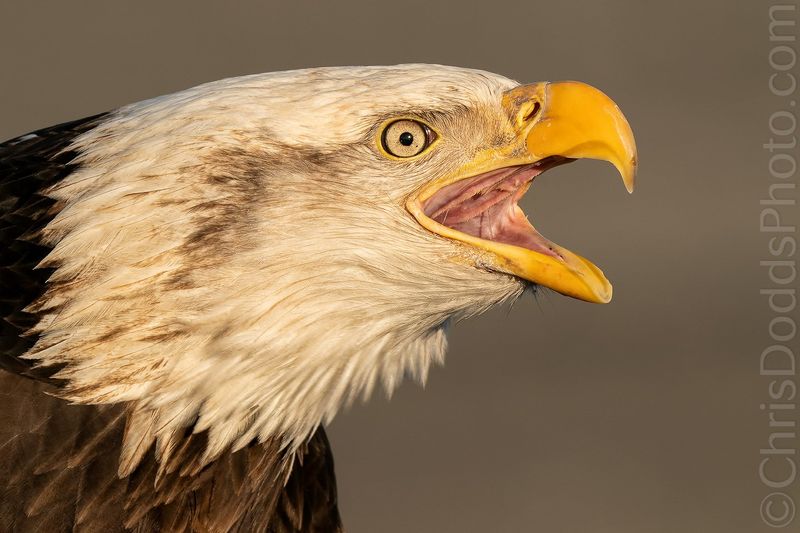
The iconic eagle screech you hear in movies? That’s actually a red-tailed hawk! Real bald eagles produce a series of high-pitched whistling or chirping calls that might surprise you.
Females typically have deeper voices than males, contrary to human voice patterns. Eagles communicate through at least 15 different call types, each with specific meanings for territory defense, mating rituals, or communication with their young. Their distinctive vocalizations carry for miles across forests.
7. Fishing Specialists
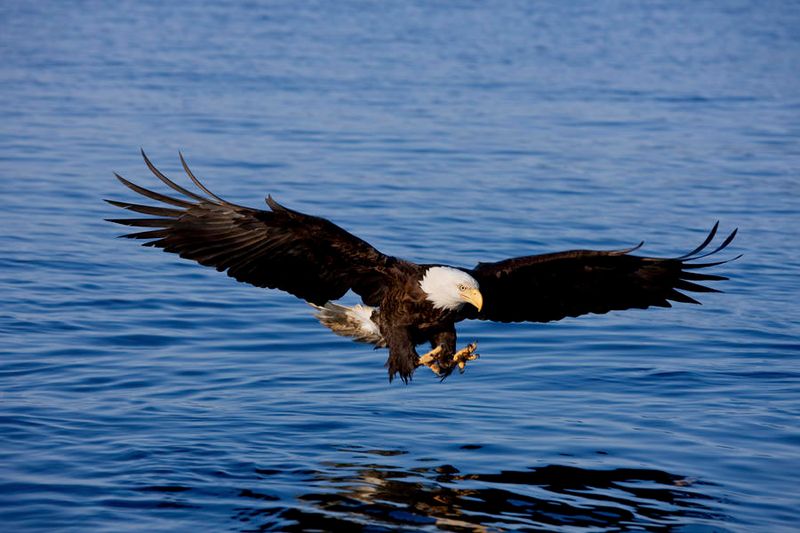
Equipped with specialized foot pads covered in tiny spikes called spicules, bald eagles grasp slippery fish with remarkable efficiency. They’ve perfected a unique hunting technique where they skim just above water, snatching fish with minimal splash.
Sometimes they’ll even wade into shallow water to hunt! Unlike osprey, eagles don’t fully submerge, instead using their powerful 1-inch talons to grip fish weighing up to half their body weight before carrying them away.
8. Memory Masters
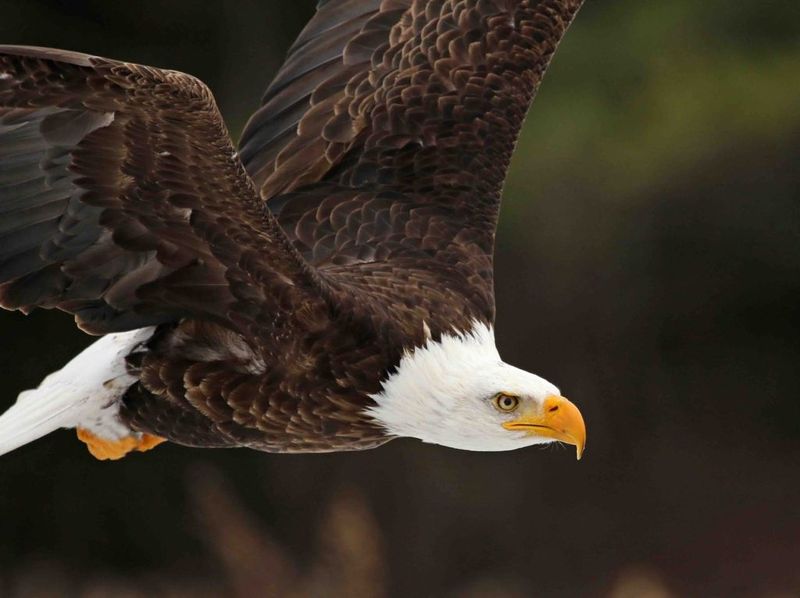
Bald eagles possess exceptional spatial memory, remembering productive hunting grounds and successful fishing spots across vast territories spanning up to 100 square miles. They’ll return to these locations with remarkable precision year after year.
Their cognitive abilities extend to recognizing individual humans who have helped or harmed them. Eagles can even remember seasonal patterns of fish migration, timing their own movements to coincide with food availability in different regions.
9. Cultural Significance Beyond America
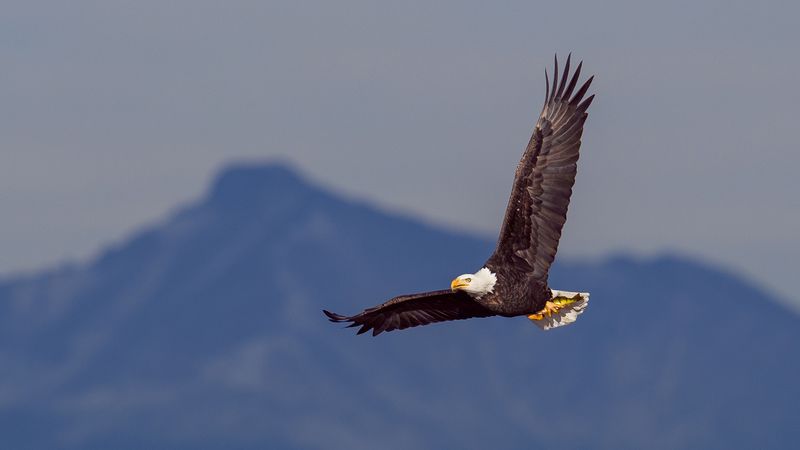
Long before becoming America’s national bird in 1782, bald eagles held profound spiritual importance for numerous Indigenous tribes. Many Native American cultures consider eagle feathers sacred objects used in important ceremonies and healing rituals.
The Hopi and Zuni peoples view eagles as messengers between humans and spirits. For the Pawnee, these birds represent fertility and courage. This rich cultural heritage extends far beyond the bird’s more recent patriotic symbolism.
10. Seasonal Migrators
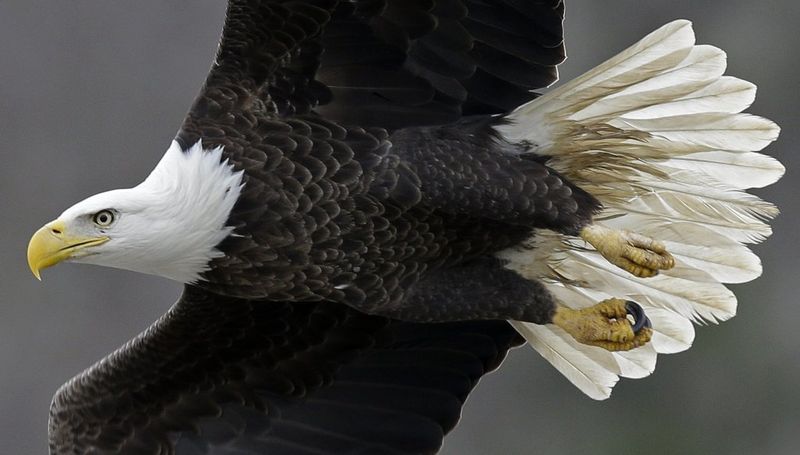
Northern bald eagles undertake impressive seasonal journeys, sometimes traveling over 4,000 miles annually between summer breeding grounds in Canada and winter territories in the southern United States. Young eagles wander even more extensively during their first years.
Tracking studies have revealed individual birds following the same migration routes year after year with astonishing precision. These journeys often follow waterways and mountain ridges, where thermal air currents help eagles conserve energy during long flights.
11. Adaptable Diners
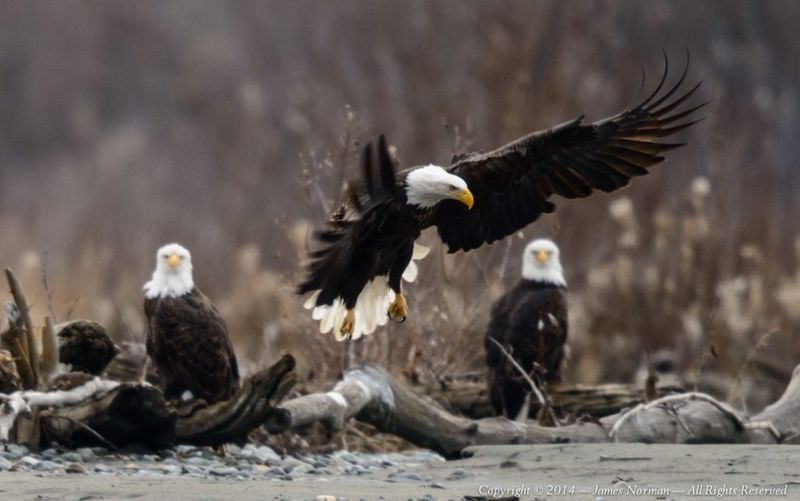
While renowned as fishing experts, bald eagles display remarkable dietary flexibility. When fish aren’t available, they’ll hunt waterfowl, small mammals, and even turtles. They’re also efficient scavengers, frequently stealing meals from other predators like ospreys and foxes.
During salmon runs, eagles gather in huge numbers—sometimes hundreds at once! They’ve even adapted to modern environments, with some urban eagles hunting in city parks or scavenging at landfills, showing their impressive ability to thrive in changing landscapes.
12. Powerful Physical Specimens
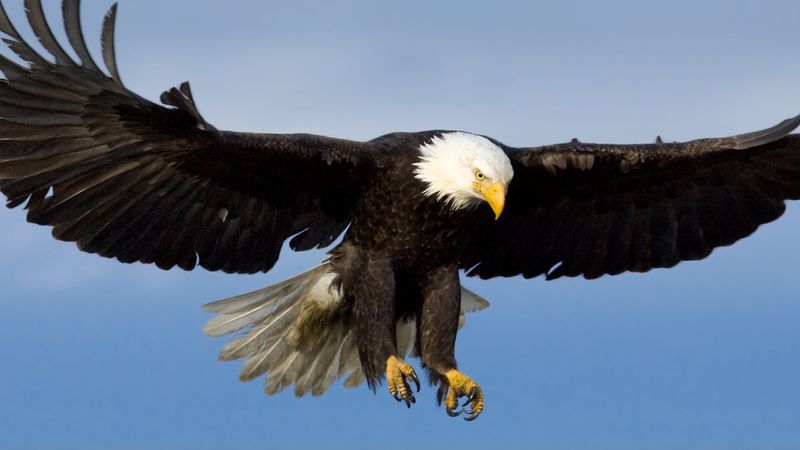
Female bald eagles outweigh males by about 30%, reaching up to 14 pounds with impressive 8-foot wingspans. Their specialized hollow bones create an incredibly efficient strength-to-weight ratio.
A bald eagle’s grip strength exceeds 400 pounds per square inch—ten times stronger than a human hand! This crushing power allows them to break the spine of prey instantly. Their beaks can generate enough force to tear through tough hide and cartilage with ease.
13. Temperature Regulation Experts

Bald eagles thrive in environments ranging from scorching Sonoran deserts to frigid Alaskan winters thanks to remarkable temperature regulation abilities. Their feathers provide superior insulation—up to four times more effective than the best synthetic materials.
Eagles can adjust individual feathers to trap or release heat as needed. During extreme cold, they’ll tuck their unfeathered legs and feet into their belly plumage. In heat, they pant like dogs and extend their wings away from their bodies to release excess warmth.
14. Longevity Champions

Wild bald eagles regularly live 20-30 years—extraordinary longevity for medium-sized birds. The oldest documented wild eagle reached 38 years! Their lifespans allow them to accumulate extensive knowledge about their territories and hunting techniques.
Eagles in captivity have reached nearly 50 years. Their lengthy lives enable established pairs to raise many generations of offspring, sometimes producing over 20 eaglets during their reproductive years. This extended lifespan contributes significantly to their population stability.
15. Environmental Indicators
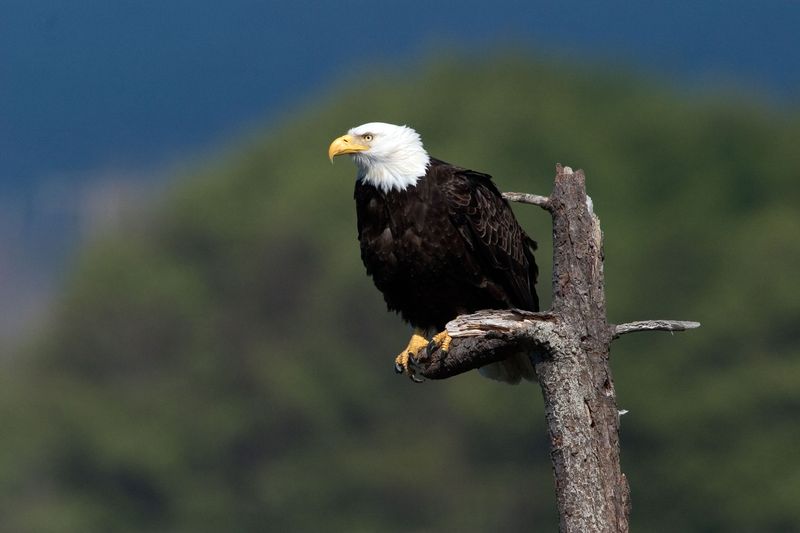
Scientists consider bald eagles crucial bioindicators—their health directly reflects ecosystem wellbeing. As top predators, they accumulate environmental toxins present throughout the food chain, making them early warning systems for pollution problems.
Their sensitivity to environmental changes helps researchers monitor water quality and habitat health. When eagle populations thrive, it generally indicates healthy ecosystems with clean water and abundant fish. This sentinel role makes their protection valuable beyond their individual species conservation.






